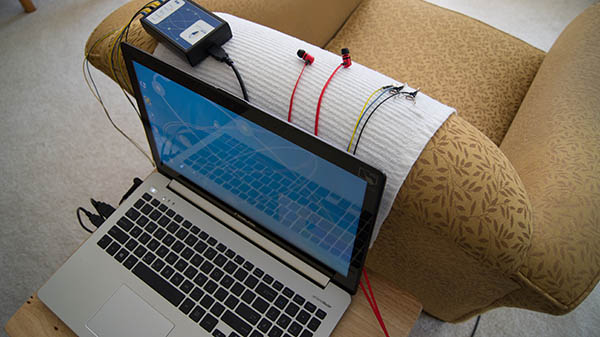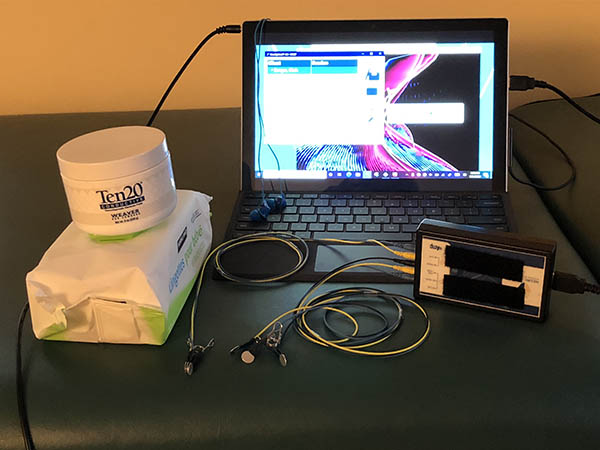I’m often asked if NeurOptimal® Neurofeedback will help with ADHD and/or anxiety. I always start with the caveat that this type of neurofeedback is brain training, not a treatment, so it doesn’t treat any specific disorder or condition. What it does do is communicate directly with the central nervous system, helping it to come more into balance. At that happens, over a series of sessions, all sorts of symptoms and issues, including those related to ADHD, start to recede.
Our Story
Our son has ADHD and, in hindsight, we now know he was highly anxious as well. His first response to learning or participating in new things was usually a resounding “no”. He was irritated and distracted by all sorts of sounds in the classroom and he had difficulty transitioning from one activity to the next. Internally, it was like his insides were irritated all the time. That’s because his nervous system was always revving very high, so his “fight” response was easily triggered. Trying to contain himself all day at school took every bit of energy he had so when he came home, he had no resources left and evenings were tough. We tried all sorts of treatment options, adapted his nutrition, added nutritional supplements and eventually turned to medication to help him function more easily at school and at home.

Our NeurOptimal® Neurofeedback Journey
It took us quite a while to warm up to the idea of trying NeurOptimal® Neurofeedback but we finally took the leap and never looked back. After several sessions we started to see shifts in our son. The sensory overload he experienced, pencils tapping on desks, chairs moving back and forth, didn’t set him off nearly as much. We were able take him to movie theatres or events where there were lots of people, and he asked to join a local hockey team. He hadn’t been able to manage these activities for several years. As a family, we were able to play board games again because, as his system calmed, he was able to tolerate frustration much more. His marvellous sense of humour started to emerge as he felt more confident about himself. Because his brain was gradually able to take over what his medication was doing, in collaboration with his physician, he was able to be on less medication.
As parents, we also did regular sessions, and as our nervous systems calmed, we found we had much more capacity to problem solve, rather than react to or obsess about, behaviours and the quality of our family life improved immensely.
Was NeurOptimal® a “magic pill”? No, because there is no magic pill. It is one, excellent, tool in the toolbox. We have continued to use other modalities, such as Functional Medicine, Homeopathy and Body Talk, over the years, to help our son and ourselves function at our best. Learning the Collaborative Problem Solving (CPS) Model as a behaviour strategy was hugely helpful as well, as children with complex needs don’t respond well to rewards and consequences. Go to www.thinkkids.org for more information.

Our Learning
We now know that when our nervous system is overloaded for long periods of time, it gets stuck in the fight, flight or freeze response, and can’t shut off. When stuck, it takes very little to send us over the top into reaction and we have very little capacity to problem solve. We may know the tools we need to use to calm ourselves down – breathing, yoga, exercise, meditation, mindfulness – but when our system is in overload, it’s like those tools are over on an island and we have no transportation to get there! NeurOptimal® Neurofeedback provides a bridge to help you and your child get to the island so that you can then access a whole toolbox to keep your system in balance.
NeurOptimal® has truly been a gift to our family and my mission is to share it with as many families as I can!
